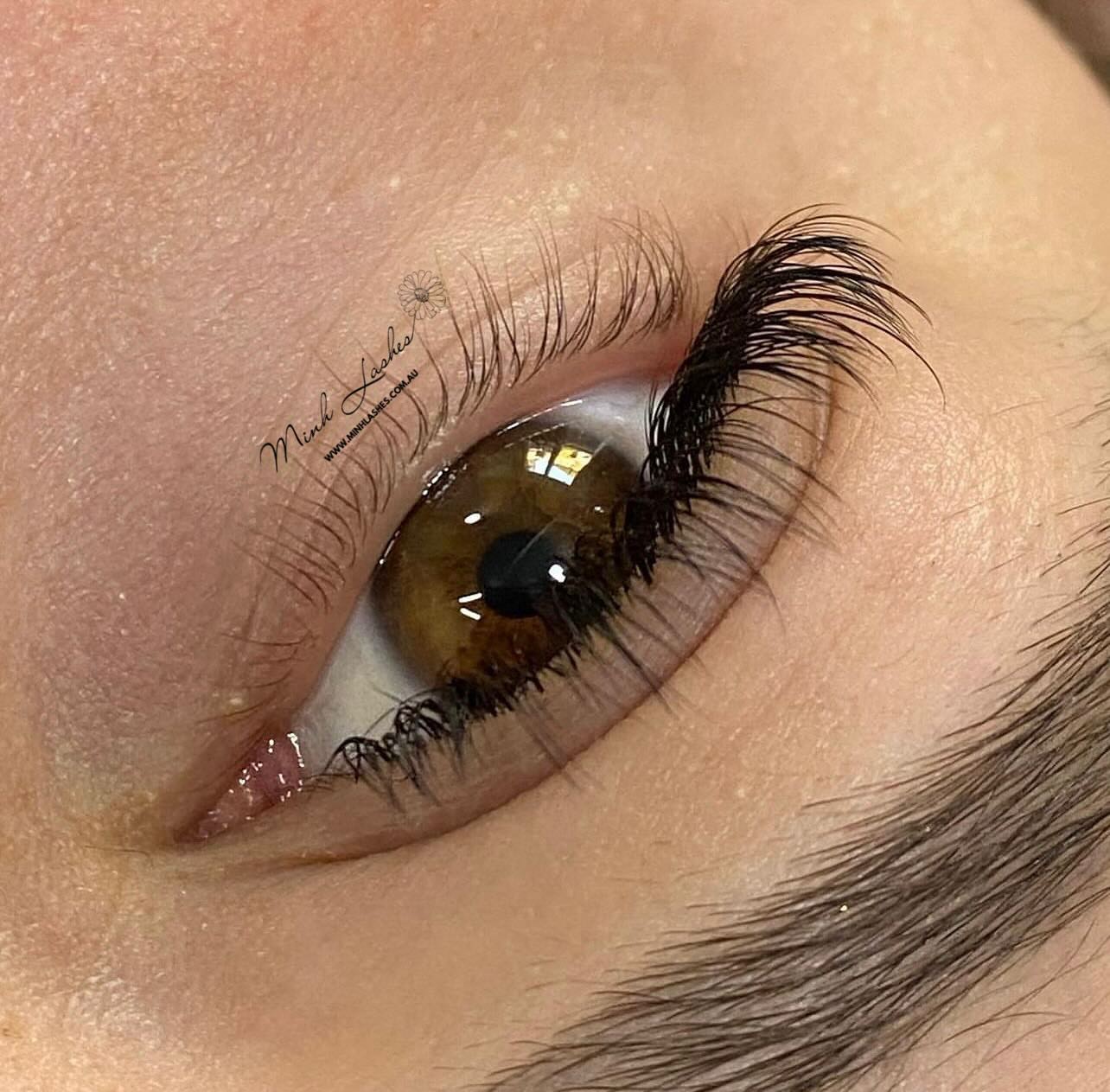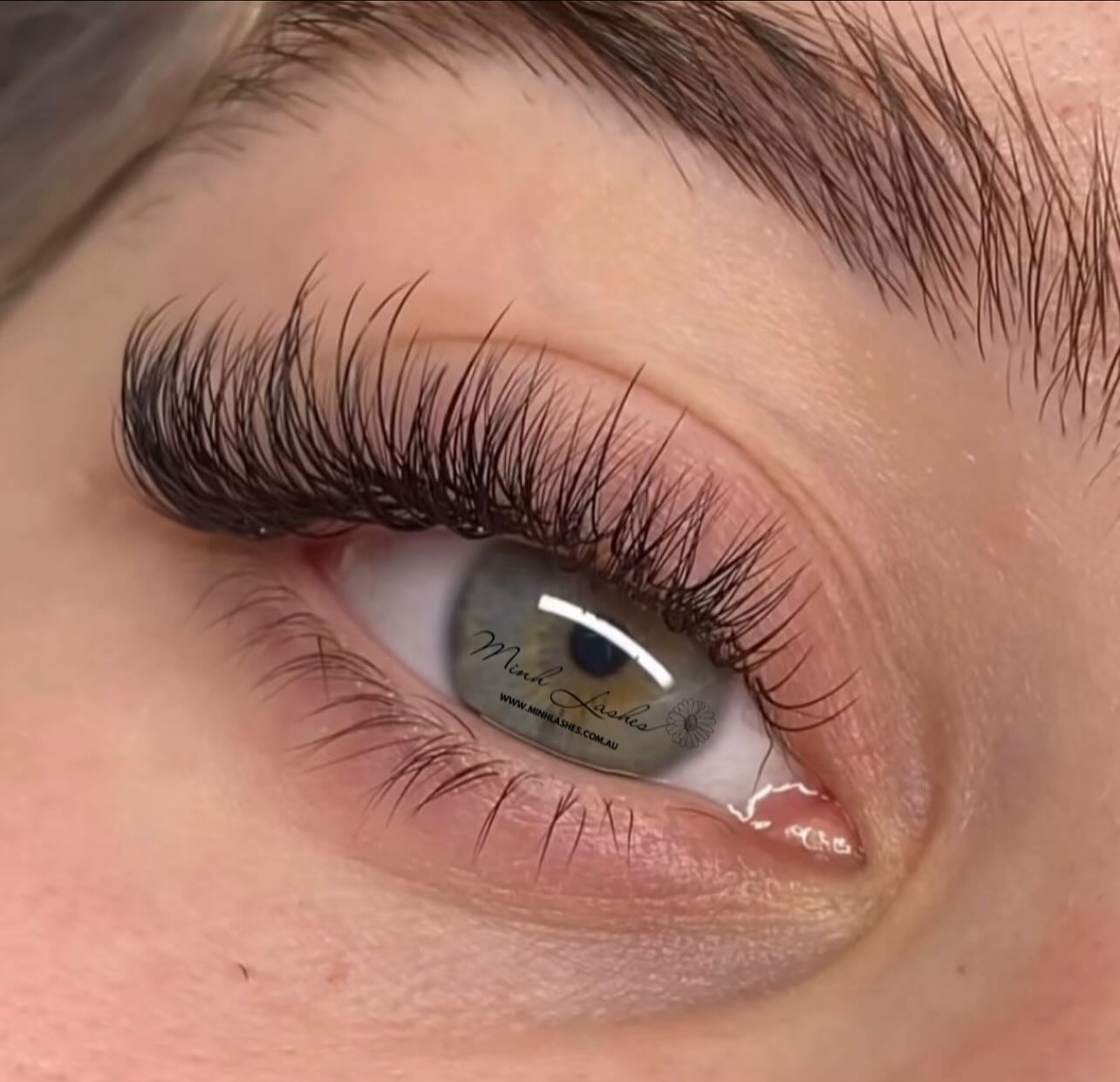Botox for Migraines: A Complete Guide to Finding Relief Through Treatment
Botox With Migraines: How This Treatment Could End Your Headache Days Price List Understanding Botox for Migraine Treatment Chronic migraine sufferers know the crushing impact of recurring headaches on daily life. Botox treatment for migraines has emerged as a proven solution, offering relief to those who experience 15 or more headache days per month. This […]
Botox With Migraines: How This Treatment Could End Your Headache Days
Understanding Botox for Migraine Treatment
Chronic migraine sufferers know the crushing impact of recurring headaches on daily life. Botox treatment for migraines has emerged as a proven solution, offering relief to those who experience 15 or more headache days per month. This FDA-approved treatment has helped thousands reduce their migraine frequency and severity.
How Botox Works for Migraine Relief
Botox works by blocking neurotransmitters that carry pain signals from your brain. The treatment:
- Relaxes tense muscles around the head and neck
- Prevents pain signals from reaching nerve endings
- Reduces inflammation in sensitive areas
- Provides relief lasting up to 3-4 months
The Treatment Process
During a typical Botox for migraine session:
- Your provider will identify specific injection points
- You’ll receive 31 injections in seven key areas
- The procedure takes about 15-20 minutes
- Treatment is repeated every 12 weeks
Key Injection Sites
- Forehead
- Bridge of nose
- Temples
- Neck
- Back of head
- Upper back

Botox for Migraines at Minh Lashes Beauty Clinic
Benefits and Expected Results
Most patients report:
- 50% reduction in migraine days
- Decreased intensity of remaining headaches
- Improved quality of life
- Better sleep patterns
- Increased productivity at work
Potential Side Effects and Considerations
Common side effects include:
- Neck pain (temporary)
- Injection site discomfort
- Mild bruising
- Temporary muscle weakness
Important Considerations
- Results typically appear after 2-3 treatments
- Not all insurance plans cover treatment
- Regular follow-ups are necessary
- Individual results may vary
Finding the Right Provider
Look for providers who:
- Specialize in migraine treatment
- Have extensive Botox injection experience
- Offer comprehensive consultation
- Provide clear treatment plans
- Accept your insurance
Questions to Ask Your Provider
- How many migraine patients have you treated?
- What’s your success rate?
- What should I expect during treatment?
- How do you handle complications?
Cost and Insurance Coverage
Treatment costs vary:
- Average cost: $300-600 per session
- Insurance coverage requirements
- Assistance programs available
- Payment plan options
Insurance Coverage Tips
- Check your policy details
- Get pre-authorization
- Document previous treatments
- Keep detailed headache records
FAQs About Botox for Migraines
Q: How long until I see results?
A: Most patients notice improvement after 2-3 treatment cycles (6-9 months).
Q: Is the treatment painful?
A: Most patients report minimal discomfort, describing it as tiny pinpricks.
Q: Can I return to work immediately?
A: Yes, most patients resume normal activities the same day.
Q: How often do I need treatment?
A: Typically every 12 weeks for maintained results.
Ready to Take the Next Step?
If you’re struggling with chronic migraines, consider discussing Botox treatment with your healthcare provider. Document your migraine frequency and impact on daily life to help determine if this treatment is right for you.
Helpful Resources
- Botox for TMJ: A Complete Guide to Finding Relief from Jaw Pain
- How Long Should Botox Last: A Complete Duration Guide for 2025
- Expert Guide to Botox in Sydney: Finding the Best Treatment Options
Remember: Track your migraine patterns before and after treatment to measure effectiveness.
Disclaimer: This information is for educational purposes only and should not replace professional medical advice. Always consult your healthcare provider before starting any new treatment.






 Cart
Cart




